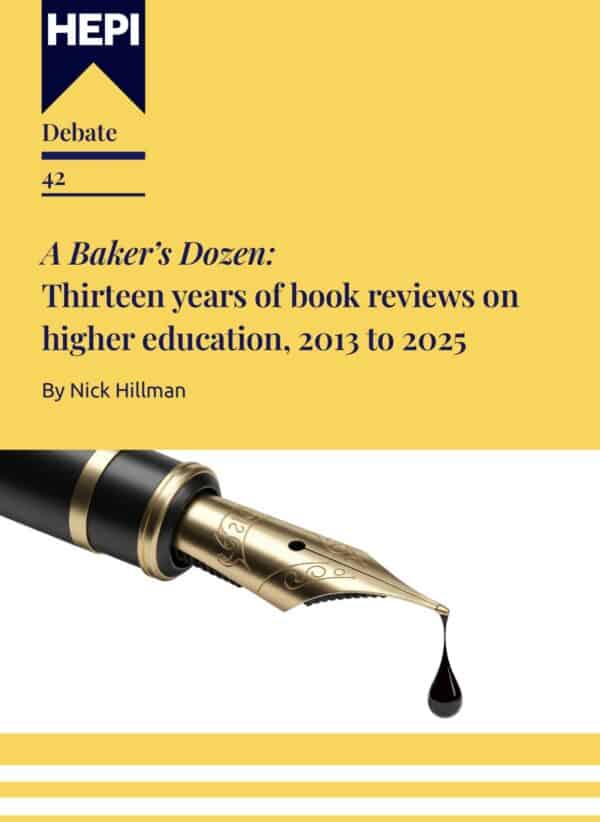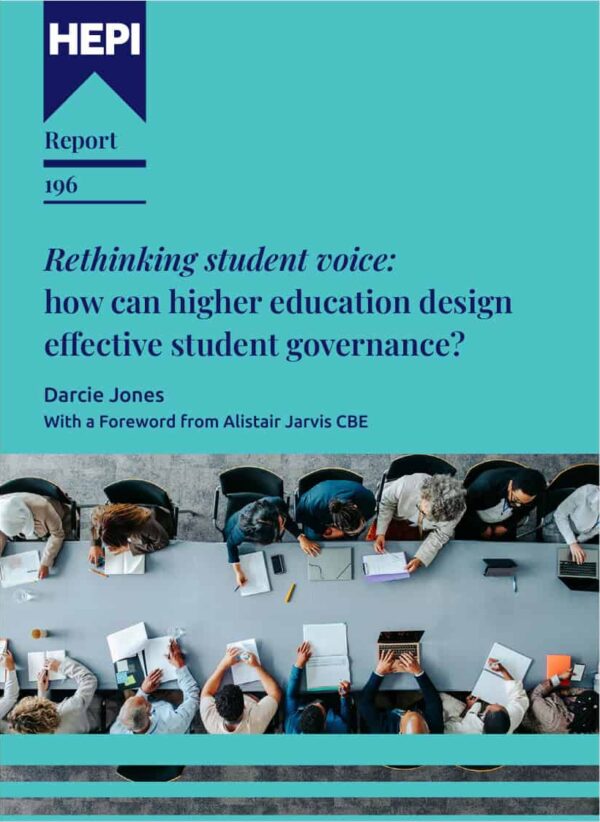Beyond Hype and Fluff: Lessons for AI from 25 Years of EdTech
This blog is by Rod Bristow is CEO of College Online which provides access to lifelong learning, Chair of Council at the University of Bradford, Visiting Professor at the UCL Institute of Education, Chair of the Kortext Academic Advisory Board and former President at Pearson.
I am an advocate for education technology. It is a growing force for good, providing great solutions to real problems:
- Reducing teacher workload through lesson planning, curriculum development, homework submission and marking, formative assessments, course management systems and more;
- Improving learning outcomes through engaging, immersive experiences, adaptive assessments and the generation of rich data about learning;
- Widening access to content and tools through aggregation platforms across thousands of publishers and millions of textbooks; and
- Widening access to courses and qualifications for the purpose of lifelong learning using online and blended modes of delivery.
Products and services that solve these problems will continue to take root.
All that said, we have not seen the widespread transformation in education that technology promised to deliver, and investors have had their fingers burned. We could argue this results from unrealistic expectations rather than poor achievement, but there are lessons to be learned.
According to HolonIQ:
2024 saw $2.4 billion of EdTech Venture Capital, representing the lowest level of investment since 2015. The hype of 2021 is well and truly over, with investors seeking fundamentals over ‘fluff’.

The chart says it all. Steady growth in investment over the last decade culminated in a huge peak during Covid. Hype and ‘fluff’ overtook rational thinking, and several superficially attractive businesses spiked and then plummeted in value. In education, details and evidence of impact (or efficacy) matter. Without them, lasting scale is much harder to achieve.
The pendulum has now swung the other way, with investors harder to convince. Investors and entrepreneurs need to ask the question, ‘Does it work?’ before considering how it scales. If they do, they will see plenty of applications that both work and scale, and better-educated investors will be good for the sector.
One of the biggest barriers to scale is the complexity of implementation with teachers, without whom there is little impact. Without getting into the debate about teacher autonomy, most teachers like to do their own thing. And products which bypass teachers, marketed directly to consumers, often struggle to show as much impact and financial return.
Will things be different with AI? The technology, being many times more powerful, will handle much greater flexibility of implementation for teachers than we have seen so far. AI has even greater potential to solve real problems: widening access to learning, saving time for teachers and engaging learners through adaptive digital formative assessment and deeply immersive learning experiences through augmented reality.
But risks of ‘over-selling’ the benefits of AI technologies are potentially heightened by its very power. AI can generate mind-boggling ‘solutions’ for learners which dramatically reduce workload. Some of these are good in making learning more efficient, but questions of efficacy remain. Learning intrinsically requires work: it is done by you, not to you. Technology should not try to make learning easy, but to make hard work stimulating and productive if it is to sustain over the long term.
There is a clear and present danger that AI will undermine learning if high-stakes assessments relying on coursework do not keep pace with the reality of AI. This is a risk yet to be gripped by regulators. There is also little evidence that, for example, AI will ever replace the inspiration of human teachers, and those saying their solutions will do so must make a very strong case. Technology companies can help, but they can also do harm.
New technologies must be grounded in what improves learning, especially when unleashing the power of AI. This is entirely possible.
There are many areas of great promise, but none more so than the enormous expansion in online access to lifelong learning for working people who are otherwise denied the education they need. There are now eight million people (mainly adults) studying for degrees online and tens of millions of people taking shorter online skills courses. Opening access to lifelong learning to everyone remains education’s biggest unmet need and opportunity. Education technologies can be ‘designed in’ to the entire learning experience from the beginning, rather than retrofitted by overworked teachers. Widening access to lifelong learning could deliver a greater transformation to the economy and society than we have seen in 100 years.
Learning tools and platforms are one thing, but what do people need to learn in a world changed by AI? Much has been written about the potential for technology and especially AI to change what people need to learn. A popular narrative is that skills will be more important than knowledge; that knowledge can be so easily searched through the internet or created with AI, there is no need for it to be learned.
Skills do matter, but these statements are wrong. We should not choose between skills and knowledge. Skills are a representation of knowledge. With no knowledge or expertise, there is no skill. More than that, in a world in which AI will have an unimaginable impact on society, we should remember that knowledge provides the very basis of our ability to think and that human memory is the residue of thought.
Only a deeper understanding of learning and the real problems we need to solve will unleash the huge potential for technology to unlock wider access, a better learning experience and higher outcomes. To simultaneously hold the benefits and the risks of AI in a firm embrace, we will need courage, imagination and clarity about the problems to be solved before we get swept up in the hype and fluff. The opportunity is too big to put at risk.







Comments
Zarah Melin says:
Such an important reminder that evidence needs to come before scale. As a teacher who designs AI-supported lessons, I’ve seen both the magic and the mess – and it really comes down to how well the tool supports thinking, not replaces it.
Reply
Add comment